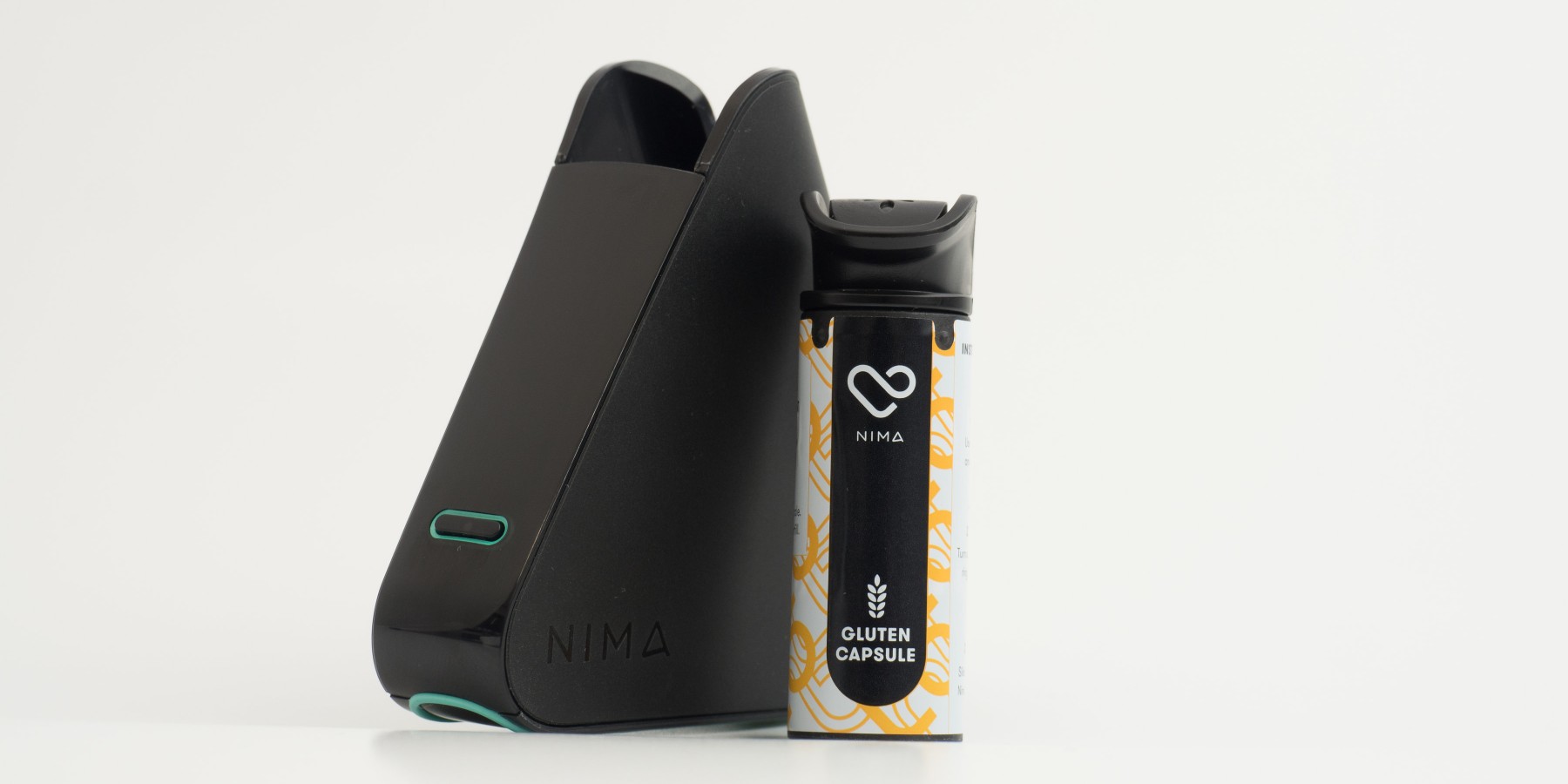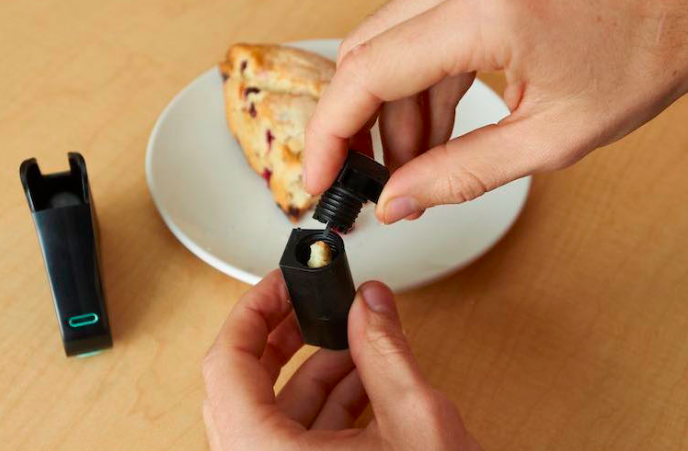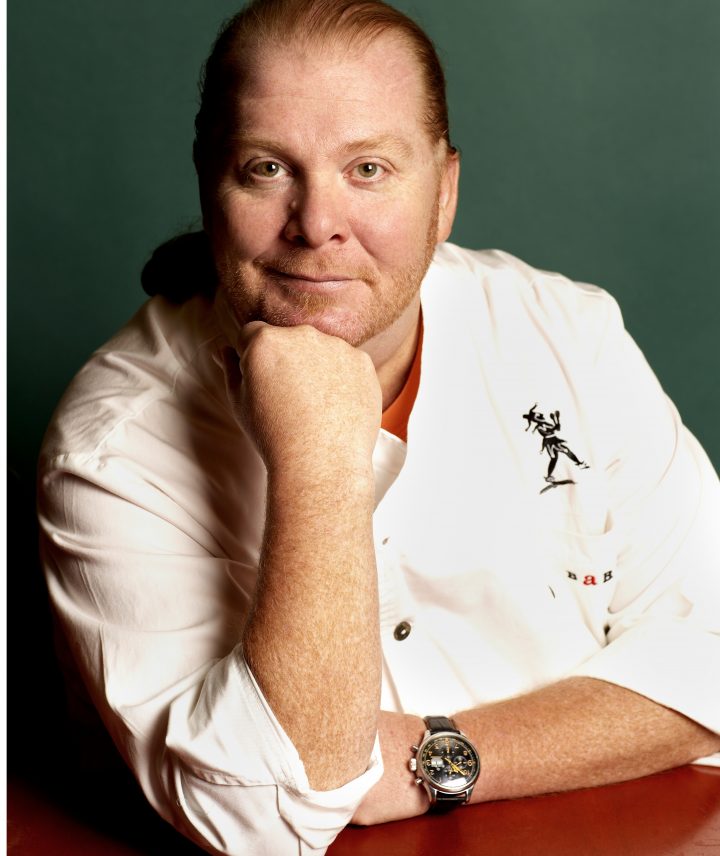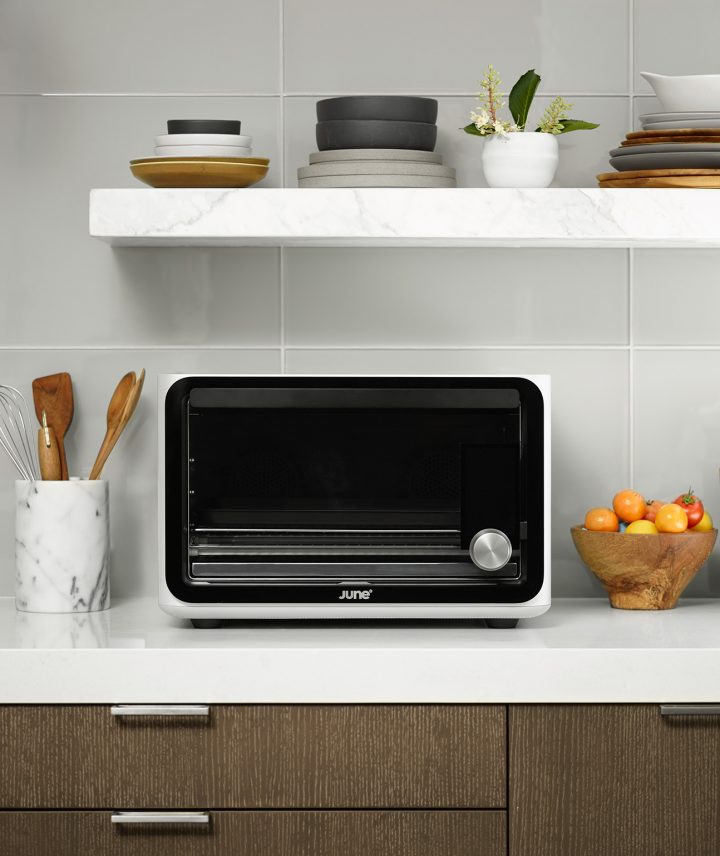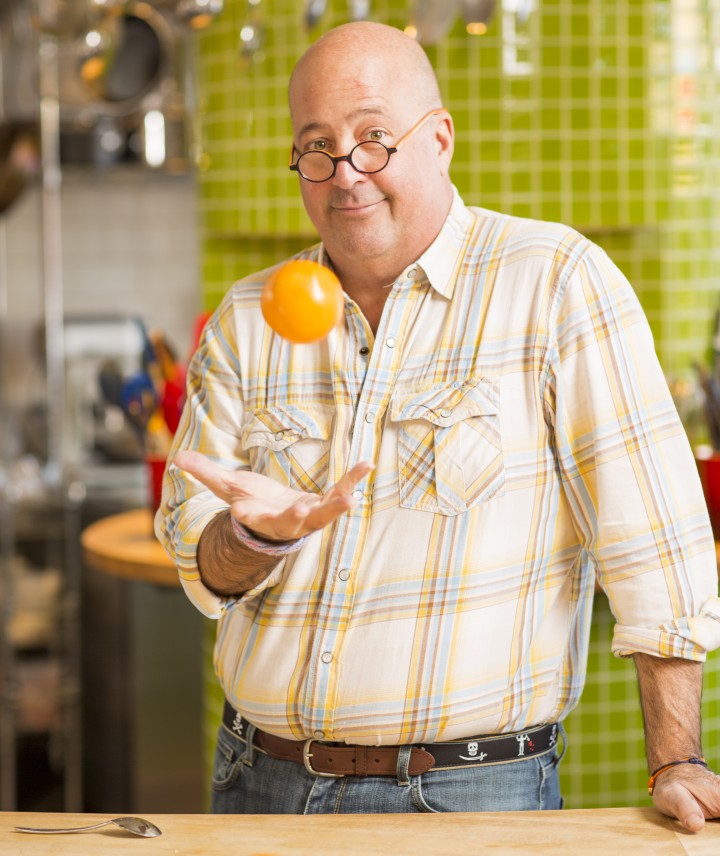For folks with a gluten intolerance, sensitivity or Celiac disease, restaurants are as volatile as a Donald Trump press conference—you never know what you’re going to get. Waiters misappropriate the nuance of your affliction; kitchen chaos creates cross contamination; and there’s always that rogue tablespoon of soy sauce lurking somewhere in the marinade. It’s a wonder we’re not sick everyday.
“18M Americans should avoid gluten, but the lifestyle can be totally overwhelming,” explains entrepreneur Shireen Yates, who is allergic to the protein found in wheat, barley and rye. “The power lies entirely with the restaurant or manufacturer, and you’re at their mercy—forced to either trust the food or starve.”
Add on that 25% of items marked safe actually contain the allergen in question, and it’s clear there’s something wrong with this equation.
“I couldn’t believe there wasn’t a gluten test—something that could sample your food and tell instantly if it contains the allergen,” she remembers. “So, we went ahead and made one.”
The Nima, which is currently pre-selling for $199, hits the market this Fall. It functions like a “pregnancy test for gluten,” wherein a pea-sized sample of food is inserted into the sleek, portable device and, two to three minutes later, displays whether it has gluten. And, according to beta testing, it’s accurate 99.5% of the time. Game changer.
